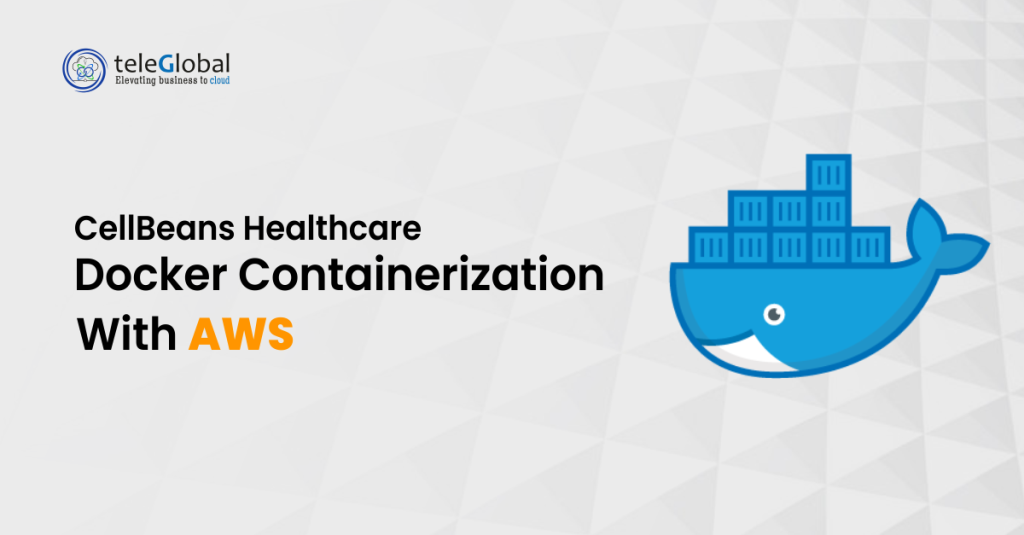
CellBeans Healthcare delivers tech solutions to hospitals, clinics, and labs. Their team builds systems for worklists, imaging, and health data. They needed a reliable, scalable way to push code and host apps.
CellBeans wanted to shift its application setup to the cloud. They aimed for Docker containerization with AWS, using services like ECR, ECS Fargate, GitHub, CodeBuild, and CodeDeploy. They had a working setup on-prem but needed that mirrored in AWS. Their goal: full automation and auto scaling of containers.
Teleglobal International stepped in with a clear four-phase plan:
We used AWS CodePipeline for continuous delivery. It has three stages:
This method ensures no downtime. Stable service continues while new release rolls out.
Together, they deliver a smooth, scalable system for healthcare apps.
After setup, CellBeans regained control over deployments. Apps scaled automatically on AWS. Release times dropped while reliability rose. The container model brought consistent uptime. Key hospital systems stayed responsive, even under load.
Moving to Docker containerization with AWS transformed CellBeans’ delivery model. Automation, resilience, and scale now support their mission to serve healthcare clients.
At Teleglobal International, we craft custom cloud solutions that align with your goals. From CI/CD setup to infrastructure and container orchestration, we help healthcare providers stay agile and reliable.
It’s packaging apps into Containers and running them on AWS services like ECR and ECS with CI/CD.
It brings consistency, scale, fast deployment, and stable production environments.
Quick updates, auto scaling, uptime assurance, and cost control.
It offers secure, compliant, and scalable infrastructure for sensitive healthcare workloads.
It ensures reliable, portable, and repeatable environments that adapt to demand.
 close
close

Hi there! At TeleGlobal, we turn your cloud vision into AI-accelerated reality. What challenge can we help you solve?
Powered by ![]() teleBot
teleBot